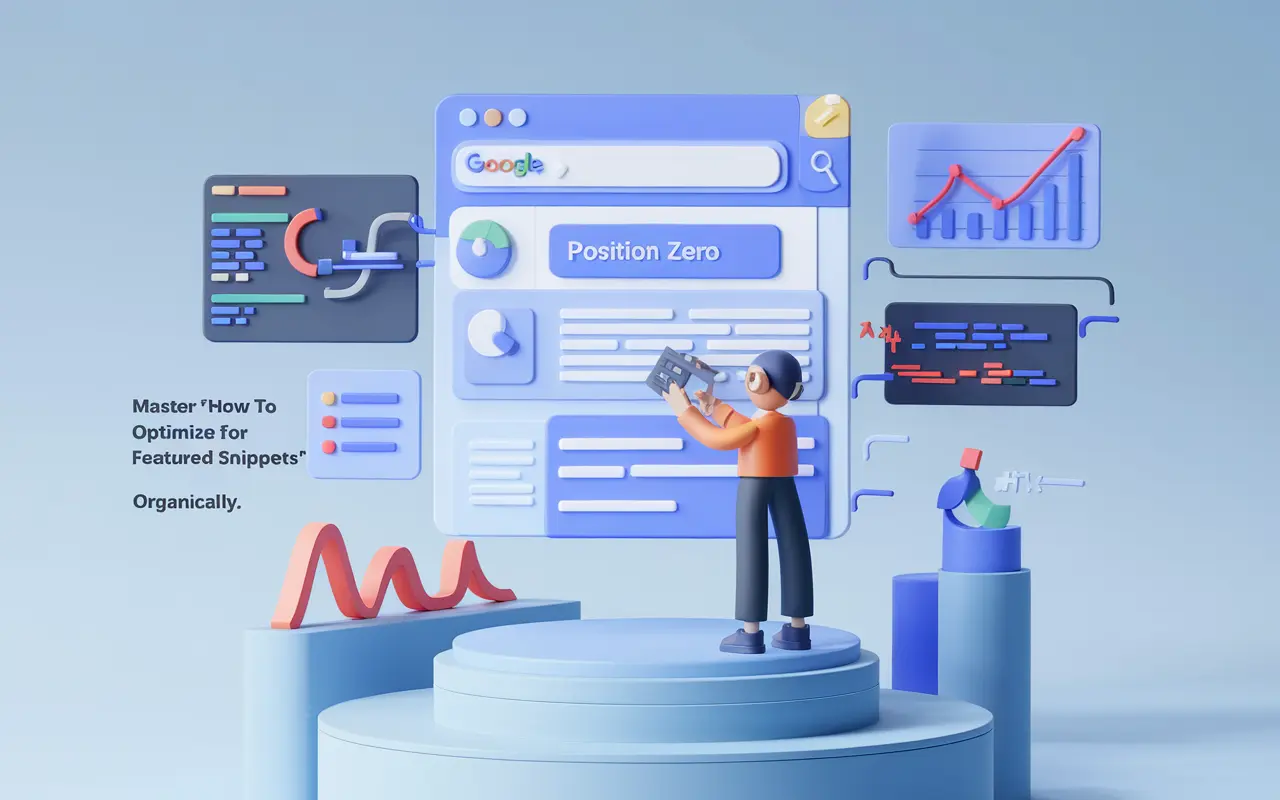Understanding How to Optimize for Featured Snippets
Featured snippets are selected search results that appear at the top of Google’s organic results, also known as “Position Zero.” They are Google’s way of summarizing an answer to a user’s query directly on the search results page. Featured snippets can be in the form of a paragraph, list, table, or video, and are pulled from content that Google deems most relevant.
Optimizing for featured snippets is an essential strategy within SEO services because it allows your content to outrank traditional listings despite ranking lower on the page. When done correctly, this tactic can dramatically improve visibility, increase CTR (Click-Through Rate), and generate targeted traffic without paying for ads.
Key Takeaway
Featured snippet optimization helps websites earn top-ranking positions (Position Zero), driving higher visibility, authority, and organic traffic from targeted queries.
Why Featured Snippet Optimization is Crucial for SEO Success
Securing a featured snippet puts your content above regular search listings—even above the first position. This means higher CTR and visibility, particularly on mobile where screen space is limited.
Here’s how it influences SEO performance:
- Enhanced Visibility: Snippets are prominently displayed, driving more attention.
- Higher CTR: Users often click the snippet content due to its concise problem-solving nature.
- Voice Search Optimization: Snippets often power Google Assistant and Alexa replies.
- Boosts Authority: Google trusts your site enough to choose it as the best answer.
Best Practices to Optimize for Featured Snippets
Implement these strategies to increase the chances of your content earning a snippet spot:
- Target Long-Tail Keywords and Questions: Use keyword research tools to find question-based and instructional keywords (e.g., “how,” “what,” and “why” queries).
- Format Content Structurally: Use clear headers (H2, H3), numbered or bulleted lists, FAQs, and tables.
- Provide Concise Answers: Answer the user’s query within 40-60 words as that is typically the snippet length range.
- Use Schema Markup: Implement structured data using FAQ or HowTo schema to make your content more machine-readable.
- Optimize High-Ranking Pages: A chance of earning a snippet increases for pages already ranking in the top 5 results.
How Snippet Optimization Works Technically
Google uses algorithms and Natural Language Processing (NLP) to understand search intent. Featured snippets are generated from indexed pages that clearly and concisely answer user queries. Let’s break it down:
Search Intent Identification
Google identifies a query that might benefit from a direct, summarized answer. These are often “how,” “what,” and “best” type queries.
Content Extraction and Formatting
Google scans the top-ranking pages for relevant answers. It picks a section that specifically answers the query, formats it, and displays it in a snippet box.
| Snippet Type | Best Format | Use Case |
|---|---|---|
| Paragraph | Use direct answers in the first 60 words | Definitions, explanations |
| List | Use bullet or numbered lists under relevant headers | Steps, tips, recipes |
| Table | Insert HTML tables with clear headers | Data comparison, pricing |
| Video | Provide video with transcript and schema | Tutorials, walkthroughs |
Case Study: How Optimizing for Featured Snippets Grew Organic Traffic by 65%
Initial Challenge: Low SERP Visibility
A client in the B2B SaaS industry struggled with organic visibility and ranked around position 5–7 for several informational keywords with decent search volume but didn’t attract enough clicks.
Optimization Strategy: Formatting and Structured Content
We restructured high-performing blog posts into question-based H2s, added bullet lists for “how-to” content, included concise definitions for keyword intents, and embedded FAQ schema using JSON-LD.
Achieved Results: Position Zero + CTR Growth
In three months, 12 pages earned featured snippets. Organic traffic increased by 65%, and CTR improved from 3.2% to 8.7% for optimized queries. Session duration also improved by 24% due to better content structure.
Common Snippet Optimization Mistakes to Avoid
- Over-Explaining: Going beyond 70 words confuses Google about which excerpt to choose.
- Lack of Structure: Not using proper H2s and lists reduces crawlability and clarity.
- Ignoring Search Intent: Providing generalized content that doesn’t answer specific queries results in missed opportunities.
- No Schema Integration: Not including structured data reduces chances of selection for FAQ and HowTo snippets.
Related Terms You Should Know
Enhancing snippet optimization often involves understanding other key SEO concepts:
- On-Page SEO: Involves optimizing HTML and content to increase ranking potential.
- SEO Audit: Helps identify optimization opportunities including snippet eligibility areas.
- Structured Data: Data format that helps search engines understand your content context.
FAQs About Optimizing for Featured Snippets
Use tools like SEMrush, Ahrefs, or Google Search Console to identify top-ranking pages. If your page is in the top 5 and answers a query concisely, it’s eligible.
Mostly, text-based content with clear formatting, answer-based content, and short summaries qualify. FAQ content and how-to guides perform well.
It’s not mandatory, but schema markup enhances your chances for snippets, especially in the case of FAQ, HowTo, or video snippets.
While it doesn’t directly improve rankings, it boosts visibility and CTR, which are indirect SEO signals that can elevate rankings over time.
Conclusion: Make Featured Snippet Optimization Part of Your SEO Game Plan
In today’s competitive SERP landscape, getting your content ranked isn’t enough—you need to dominate the real estate with featured snippets. By understanding how to optimize for featured snippets through structured content, concise answers, and schema integration, you increase your opportunities to command attention, drive organic traffic, and assert your brand’s authority on Google.
Start implementing the best practices today, and explore our full SEO services to maximize your website’s potential.






